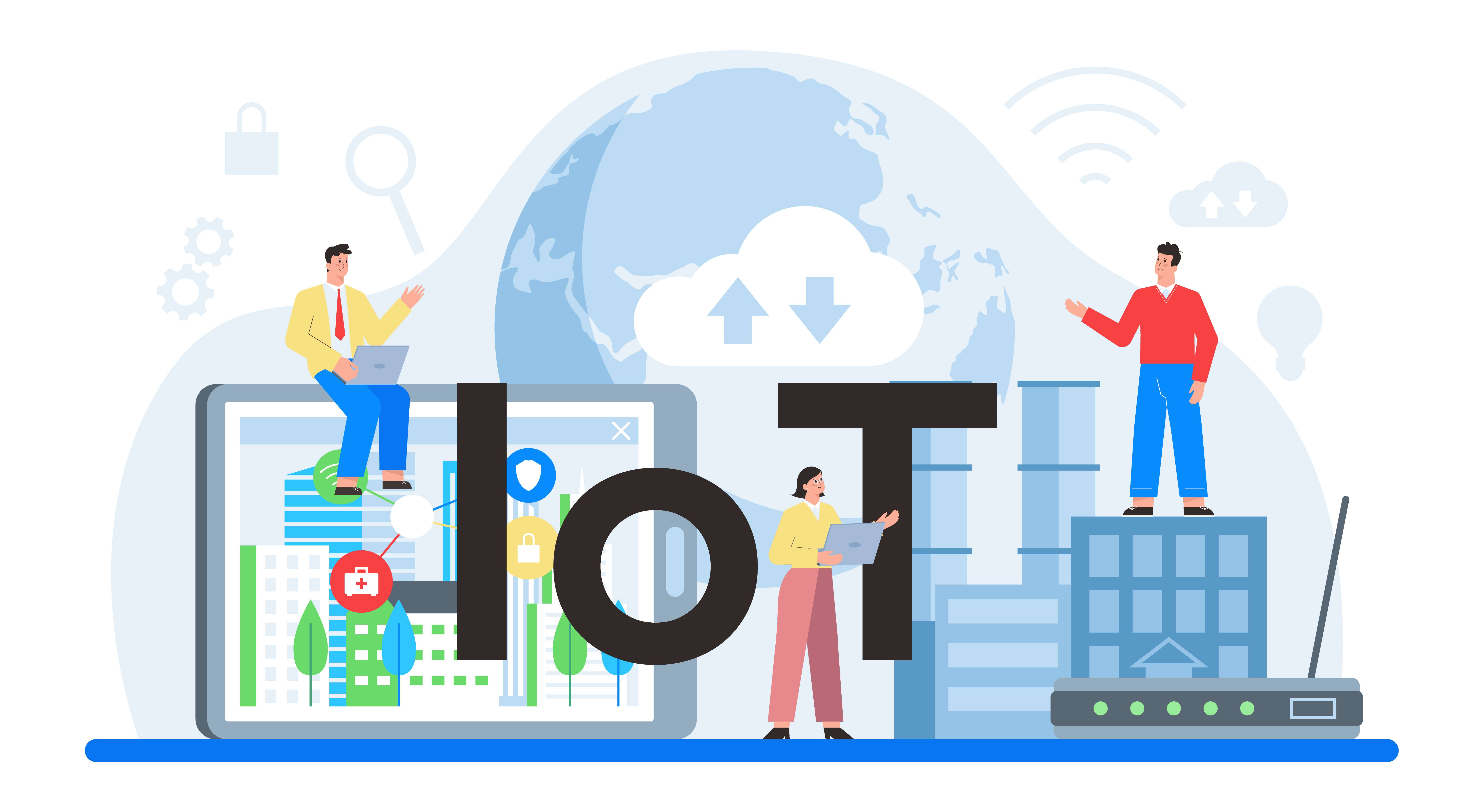Iot system: Evolution of Technology build the future
“Explore the Iot system (Internet of Things): A Beginner’s Guide to Building Smart Systems”
The Internet of Things (IoT) is a network of physical items, including machines, cars, buildings, and other things, that are connected to the internet and equipped with sensors, software, and connections. These connected electronics can communicate with other connected devices and systems to carry out a variety of functions, and they may be remotely controlled and monitored.
IoT systems are used in many different applications, such as connected cars, smart homes, industrial automation, and healthcare. IoT sensors and devices can be utilised in industrial automation to track and manage production processes, boost productivity, and lessen downtime.
IoT systems typically consist of three main components:

Sensors and devices:
These are the physical device that can be remotely controlled and that collect data. Things like temperature sensors, cameras, and actuators are among them.
Network:
The devices need to be connected to a network in order to communicate with other devices and systems. This can be a local area network (LAN) or a wide area network (WAN), such as the internet.
Cloud or on-premises platform:
This is where the data gathered by the devices is kept, examined, and used. This might be an on-premises solution like a private data centre or a cloud-based platform like Amazon Web Services (AWS) or Microsoft Azure.
The development of new technologies like edge computing and cloud servers, which allow data to be processed closer to the source rather than being transported to a central location for processing, has also been facilitated by the advent of IoT devices. IoT systems may operate more quickly and effectively as a result.
IoT is an all-encompassing technology that is currently transforming a number of industries and enabling improved automation, optimization, and control over a number of elements of our life.
Building smart systems using IoT involves several steps, including:
- Identifying the problem or opportunity: The first step in building a smart system is to identify a problem or opportunity that can be addressed using IoT technology. This could include things like increasing efficiency, reducing downtime, or improving safety.
- Gather requirements: After a challenge or opportunity has been recognised, collect IoT system requirements. This covers details such as the kinds of data that must be gathered, how it will be used, and what equipment and sensors are required.
- Design and development: The IoT system’s design and development come next after the requirements have been established. Choosing the proper hardware and software, such as sensors, microcontrollers, and communication protocols, as well as creating the software that will operate on the devices, are usually involved.
- Testing: The system needs to be tested to make sure it is operating correctly and that it can manage the anticipated demand before it is deployed.
- Deployment: The system can be put into use in the field once it has undergone testing and proven to function as intended. Installing the hardware, connecting it to the network, and setting up the software are the usual steps in this process.
- Maintenance and monitoring: The system needs to be maintained and monitored after deployment to make sure it keeps working properly and to make any necessary upgrades or modifications.
Overall, developing IoT systems involves choosing the appropriate problem to solve, gathering and understanding the requirements, choosing the appropriate hardware and software, testing it, and then putting it into use in the real world.

